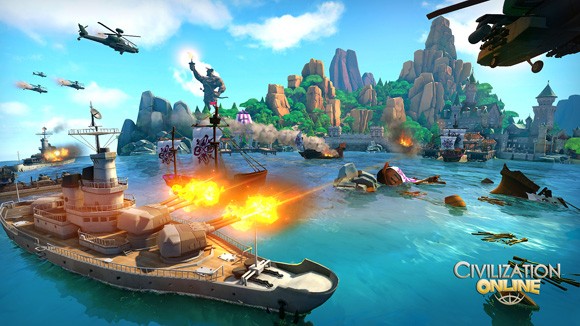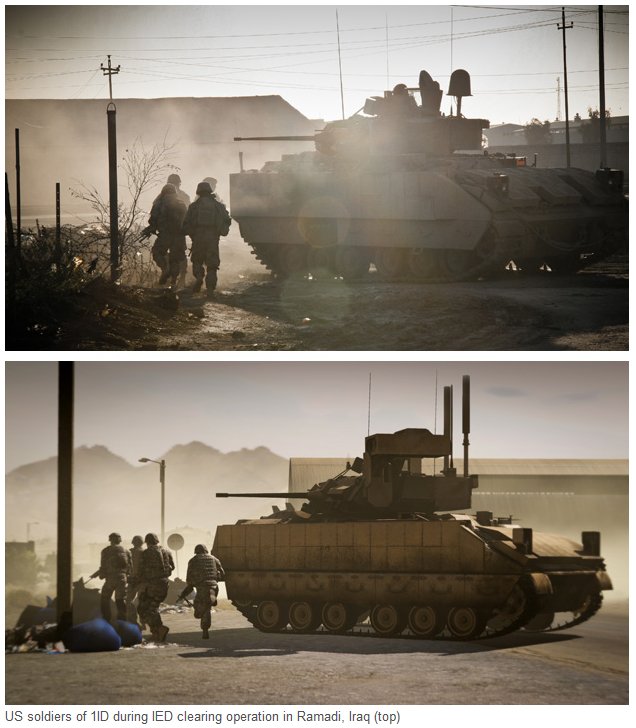Dan Hodges makes his wargaming confession:
I remember the morning I became a Grognard like it was yesterday. In reality it must have been back in 1978 or 1979. I’d always liked games with a war theme, my favourite being Escape From Colditz. Oh, the cold terror of drawing the Shoot To Kill card. But that was with little wooden counters that looked like bowling pins. It was fun, but you couldn’t really empathise with a bowling pin, even if he was supposed to be a downed Polish Spitfire pilot.
And then one birthday I opened a package that looked like a large book. But it was actually a game box, and it had the words “Squad Leader” on the side. So I opened it gingerly, and that’s when I first set eyes on Sergeant Hamblen.
Sergeant Hamblen came in the shape of a blue grey counter, about the size of your thumbnail. He was a German soldier. You could tell it straight away. He was in silhouette, but you could clearly make out his helmet and his boots and his backpack, and his machine gun. Sergeant Hamblen was no bowling pin, he was a warrior.
And next to him was all sorts of cool stuff. His squad. His long-range machine gun. His demolition charge. A tank! Sergeant Hamblen came with a tank! And then there were the boards. Six or seven hard mounted boards of buildings and forests and hedges and rivers and walls and trees, all in beautiful detail. This was where Sergeant Hamblen lived and fought. And now I was going to live and fight there as well.
So that was it, I was hooked. Me and Sergeant Hamblen spent the summer roaming all over the Eastern Front. He survived the Guards Counterattack. Stymied the Russian assault on Hill 621. OK, he was fighting for the wrong side. But he was a good German. I knew this, because the game was so detailed that the nasty Germans — the Nazis — came on special evil-looking black counters.
Although I played and enjoyed the original Squad Leader game (along with its expansion sets), eventually I fell behind and when Advanced Squad Leader came along, I didn’t buy it. I’d reached my limit on remembering and applying all the rules: Avalon Hill, the publisher, had chosen to write the rule books in “programmed learning” style, where you got the basic rules, then each scenario after that built on the rules you’d learned to add more complexity … and to supersede earlier simple rules with more complex ones. My interest was tailing off after the second expansion set (Crescendo of Doom) came along and the last expansion (GI: Anvil of Victory) finished me off. The Squad Leader system wasn’t a game — it was a lifestyle, and I didn’t have enough time to devote to it to keep all the modified rules in my head.
But although I didn’t know it at the time, my cardboard forces were fighting a losing battle. Time was against them. I was growing older. Computer games, music, football, videos, girls. In roughly that order they came to hold more of an attraction than Sergeant Hamblen and his comrades. So the battle-weary Sergeant sat on a shelf, slowly gathering dust. Not dying, just fading away, as old soldiers do.
I sold off a lot of my wargames after I got married … including some that might be worth a lot of money nowadays. I still have far too many sitting on the shelf in my office, gathering dust. I don’t want to get rid of them, but I also don’t have the time and patience to set them up any more.








